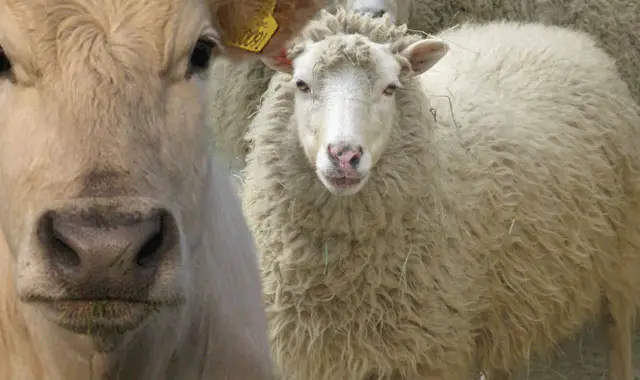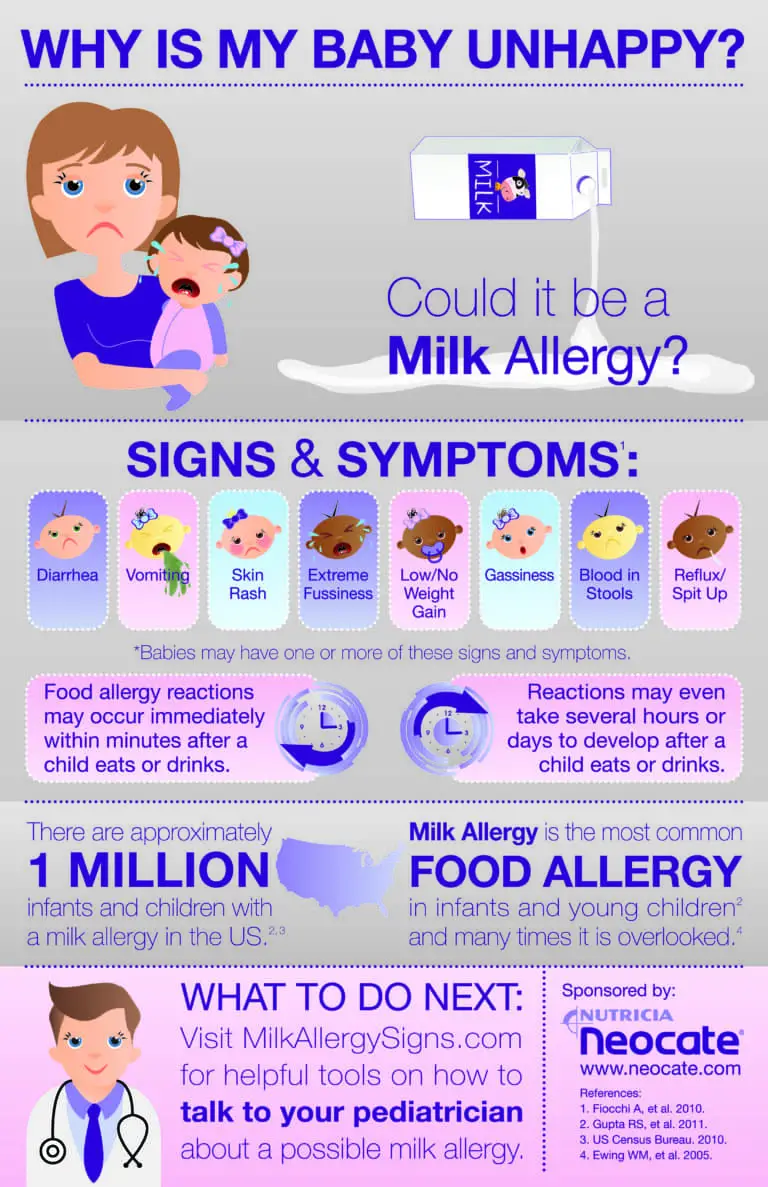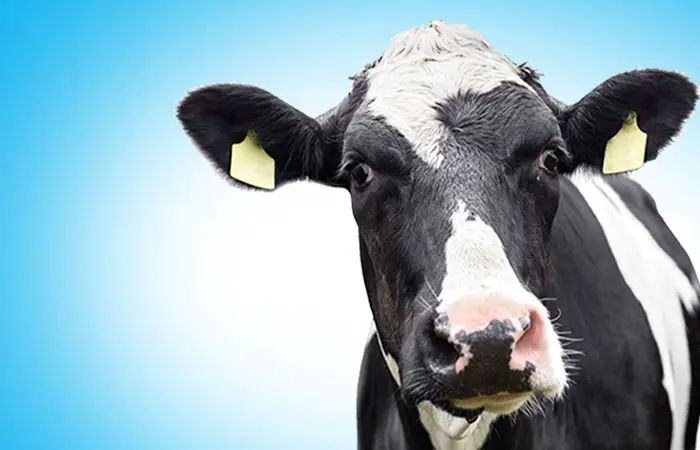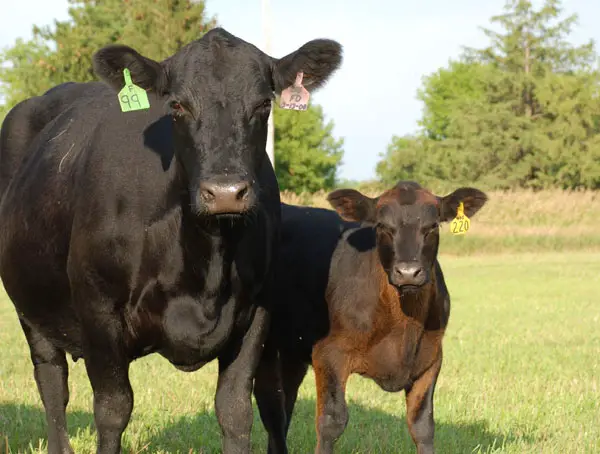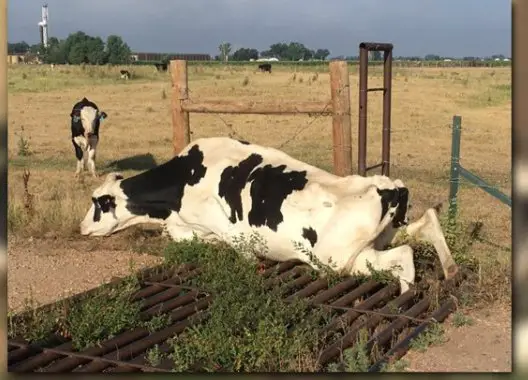What are the Problems of Cattle Rearing in Nigeria : Overcoming Obstacles
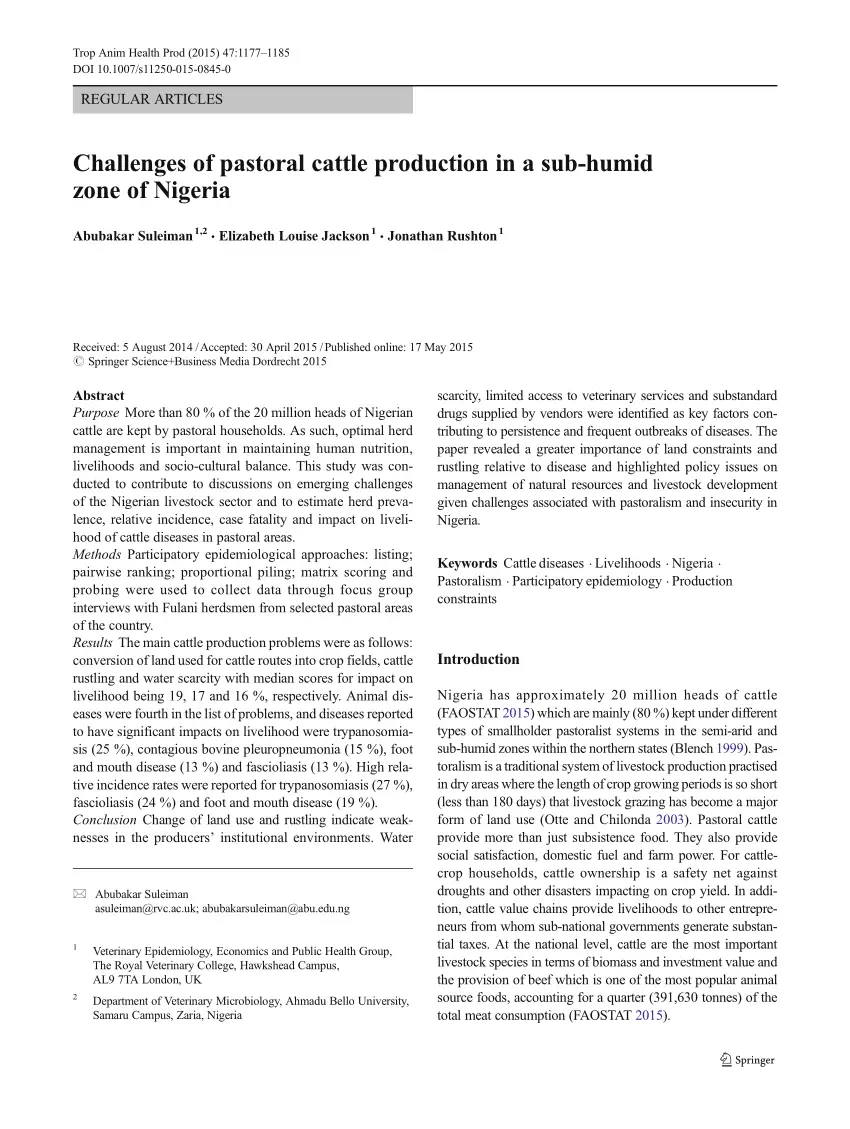
The major challenges of cattle rearing in Nigeria include lack of pasture and quality feed, scarcity of water resources, climate change, undeveloped breeding and management of livestock, poor marketing and trade, and socioeconomic constraints. Cattle rearing in Nigeria faces various challenges that hinder its growth and development.
The lack of pasture and quality feed, combined with scarce water resources, makes it difficult for cattle farmers to maintain healthy herds. Climate change has also affected the availability of these resources, leading to a decline in the number of cattle.
Moreover, the undeveloped breeding and management of livestock, poor marketing and trade, and socioeconomic constraints have made it difficult for farmers to profit from their businesses. These challenges have resulted in a decrease in the number of cattle in Nigeria, which has affected the country’s economy and food security.

Credit: www.researchgate.net
Factors Affecting Cattle Rearing
Climate and Geography: The climate and geographical conditions in Nigeria significantly impact cattle rearing. Factors such as temperature, rainfall patterns, and the presence of tsetse flies can affect the health and productivity of cattle.
Cultural and Religious Factors: Cultural and religious beliefs also play a crucial role in cattle rearing. Practices and traditions related to cattle ownership, grazing rights, and handling of cattle can influence the efficiency and sustainability of the industry.
Availability of Resources: The availability of resources such as pasture, water, and veterinary services is essential for successful cattle rearing. Challenges related to inadequate rainfall, limited access to veterinary care, and insufficient transportation infrastructure can hinder the growth of the sector.
Challenges In Cattle Rearing
The major challenges in cattle rearing in Nigeria include the lack of pasture and quality feed, scarcity of water resources, the impact of climate change, breeding and management issues, market and trade challenges, and socioeconomic constraints. Factors such as unreliable and scanty rainfall, presence of tsetse flies in some areas, inadequate drugs and vaccines, and poor transportation systems further exacerbate these challenges. Additionally, herders, mostly from the Fulani ethnic group, and farmers often clash over the use of fertile land, leading to further complications in cattle rearing.
Environmental Impact Of Cattle Farming
Cattle rearing in Nigeria has led to deforestation and land conversion. The expansion of cattle ranches has resulted in the clearing of large areas of forests, causing ecosystem degradation and loss of biodiversity. Additionally, the practice of cattle farming increases the risk of fire, leading to further environmental damage. The environmental impact of cattle farming in Nigeria is a major concern that needs to be addressed to ensure the sustainability of the ecosystem and the well-being of the local communities.
Distribution Of Livestock In Nigeria
Cattle rearing in Nigeria faces various challenges, including regional disparities in the distribution of livestock. Factors influencing distribution are climatic conditions, customs, and religious beliefs. The presence of tsetse flies in some areas and inadequate drugs and vaccines further exacerbate the problems. Additionally, unreliable and scanty rainfall, poor transportation systems, and clashes between herders and farmers contribute to the difficulties of cattle rearing in Nigeria.
Conflicts In Cattle Rearing
Cattle rearing in Nigeria faces challenges like unreliable rainfall, tsetse flies, limited drugs, and transportation issues. Herders and farmers clash over fertile land, exacerbating the cattle crisis due to desertification and drought, impacting pastoral production in the region.
| Conflicts in Cattle Rearing | |
| Herder-Farmer Clashes | The continuous clashes between herders and farmers escalate due to competition for fertile land. |
| Land Use Disputes | Disputes arise over land utilization, with herders seeking grazing areas and farmers requiring land for cultivation. |
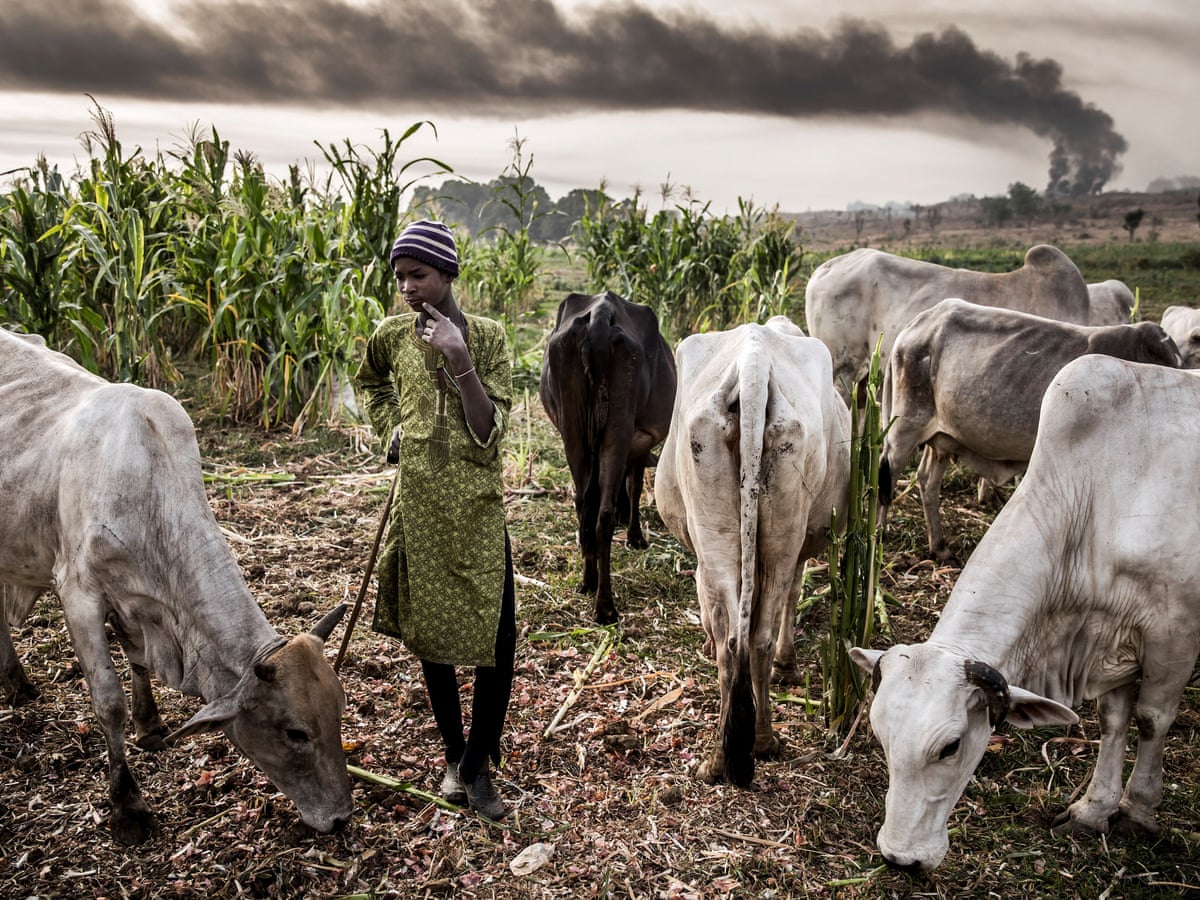
Credit: www.theguardian.com
Improving Cattle Farming Practices
|
Problems of Cattle Rearing in Nigeria:
|
|
Enhancing Productivity:
|
|
Sustainable Management Solutions:
|
Policy And Legal Considerations
When it comes to cattle rearing in Nigeria, one of the major problems is the lack of a clear regulatory framework for the industry. This has led to issues such as land use policies that are not well-defined, creating conflicts between cattle rearers and other land users. The absence of clear regulations has also contributed to environmental degradation and conflicts over land use.

Credit: www.slideshare.net
Frequently Asked Questions
What Are The Major Challenges Of Livestock Production In Nigeria?
The major challenges of livestock production in Nigeria are lack of pasture and quality feed, scarcity of water resources, climate change, undeveloped breeding and management of livestock, poor marketing and trade, and socioeconomic constraints.
What Are The Factors That Favor Cattle Rearing In Nigeria?
Factors that favor cattle rearing in Nigeria include a favorable climate for animal rearing, presence of adequate pasture/savanna grassland, absence of tsetse fly, high demand for cattle and its products, and presence of surface water/streams/ponds. However, challenges such as lack of pasture and quality feed, scarcity of water resources, and poor marketing and trade exist in livestock farming systems in Nigeria.
What Is The Biggest Problem With Cattle Farming?
The biggest problem with cattle farming is environmental degradation caused by forest conversion and soil erosion.
What Are The Factors Affecting The Distribution Of Livestock In Nigeria?
The distribution of livestock in Nigeria is influenced by climatic conditions, customs, religious beliefs, vegetation, and topography. These factors vary across different regions, affecting the types of farm animals reared in each area.
Conclusion
Cattle rearing in Nigeria faces challenges like unreliable rainfall, tsetse flies, and poor healthcare access. Addressing these issues is crucial for sustainable livestock farming in the country. Improved infrastructure and veterinary services can help overcome these obstacles and ensure a thriving cattle industry in Nigeria.
Also Worth Reading:
- What are the Benefits of Cattle Farming : Profitable Livestock Benefits
- What are the Benefits of Cattle Farming Class 9 NCERT: Unlocking the Advantages
- Best Cattle Feed : Top Picks for Healthy Cows
- Best Way to Load Cattle in a Stock Trailer: Expert Tips
- Cattle Problem in Australia: Urgent Solutions
- Discover the Ultimate Best Cattle Feed Formula
- How are Farm Cows Killed : Unveiling the Slaughter Process
- How Do Cows Know Not to Cross Cattle Guards : The Surprising Science
- How Do You Connect Cattle Panels Together: Expert Tips
- How Do You Know If Baby Has Cows Milk Intolerance: Symptoms and Diagnosis.
